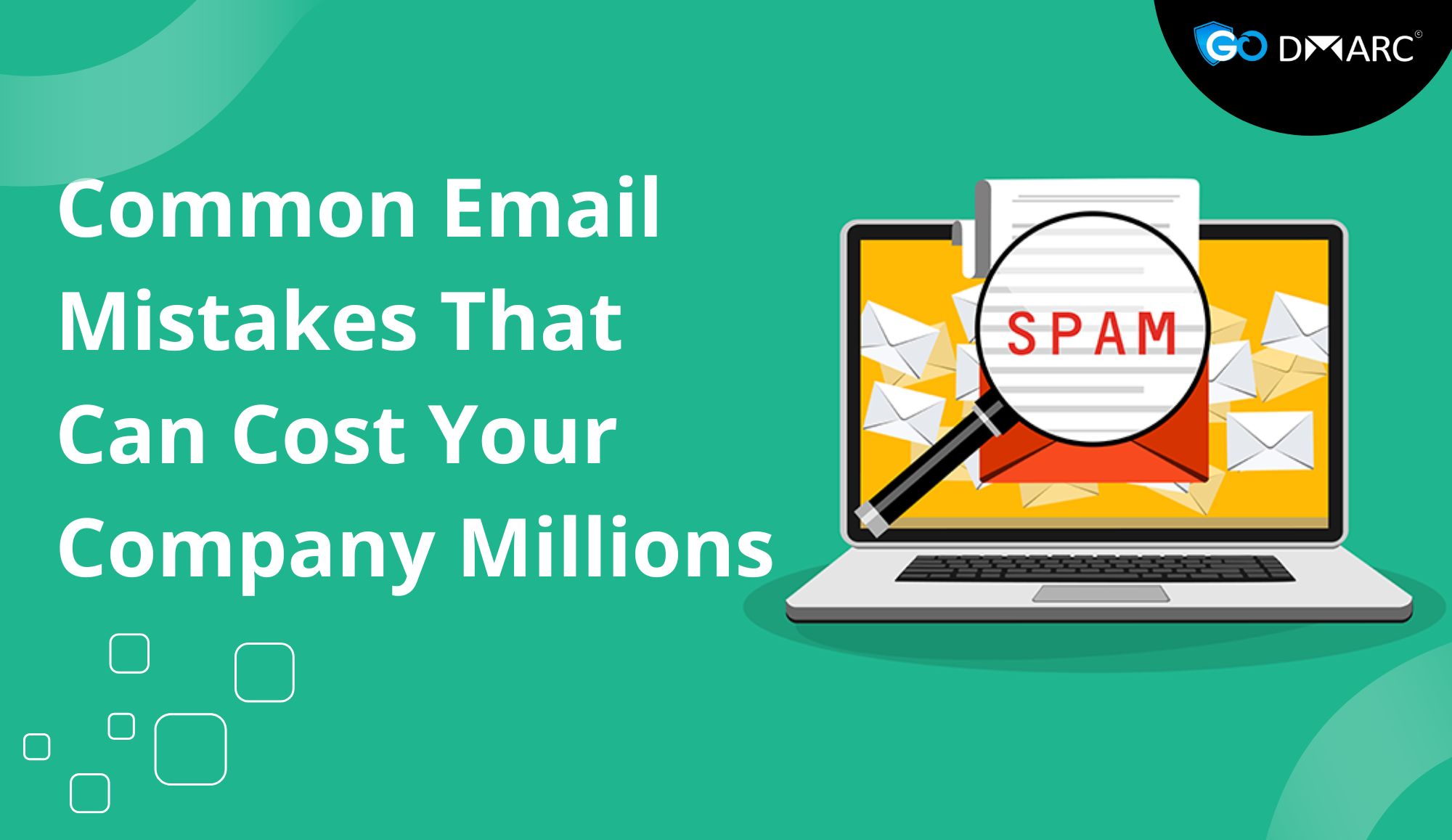Introduction
Email security is a critical concern for businesses and individuals alike, with phishing attacks, spoofing, and email fraud on the rise. Domain-based Message Authentication, Reporting, and Conformance (DMARC) is a widely adopted email authentication protocol that helps mitigate these risks. Traditionally, DMARC relies on Sender Policy Framework (SPF) and DomainKeys Identified Mail (DKIM) for authentication. However, many users may find SPF challenging to configure or prefer to rely solely on DKIM for authentication.
This blog will guide you through setting up and using DMARC without SPF, making the process as straightforward as possible. We will discuss the benefits of DMARC, the role of SPF and DKIM, and how to configure DMARC without SPF while ensuring strong email security.
1. Understanding DMARC and Its Components
DMARC is an email authentication protocol that builds on SPF and DKIM to prevent email spoofing. It enables domain owners to specify policies for handling unauthenticated emails and receive reports on email authentication failures.
SPF vs. DKIM vs. DMARC
- SPF (Sender Policy Framework): Allows domain owners to specify which mail servers can send emails on their behalf.
- DKIM (DomainKeys Identified Mail): Uses cryptographic signatures to verify that an email has not been altered in transit.
- DMARC: Ensures that emails pass either SPF or DKIM authentication before reaching recipients and provides reporting mechanisms.
While SPF plays a role in verifying authorized sending sources, configuring it can be complex. Many users prefer to use DMARC with DKIM alone, eliminating SPF-related challenges while maintaining strong security measures.
2. Why Use DMARC Without SPF?
While SPF can enhance email security, it has several limitations that may make it impractical for some users. Here’s why you might choose to configure DMARC without SPF:
A. SPF Limitations
- Complexity in Managing IP Addresses: SPF records require listing all authorized mail servers, which can be cumbersome, especially for businesses using multiple email providers.
- SPF Record Length Limits: SPF records have a 10 DNS lookup limit, making it difficult for domains using various third-party services.
- Forwarding Issues: SPF breaks when emails are forwarded, leading to potential authentication failures.
B. Advantages of Relying on DKIM and DMARC
- DKIM Provides Strong Email Authentication: DKIM signatures remain intact even when an email is forwarded, making it a more reliable authentication method.
- Simplifies Configuration: Without SPF, you only need to set up DKIM and DMARC, reducing the administrative burden.
- Avoids SPF Failures: Eliminates SPF-related errors that can lead to legitimate emails being marked as spam.
If you want to use DMARC without SPF, you must ensure that your DKIM setup is correctly implemented and robust.
3. Step-by-Step Guide to Configuring DMARC Without SPF
Setting up DMARC without SPF requires proper DKIM configuration, followed by defining a DMARC policy in your DNS records. Here’s a simple step-by-step process:
A. Step 1: Enable DKIM for Your Domain
Since you won’t be using SPF, DKIM will serve as the primary authentication method. Follow these steps to enable DKIM:
- Check DKIM Support: Verify if your email service provider supports DKIM (Google Workspace, Microsoft 365, etc.).
- Generate DKIM Keys: Most email providers allow you to generate DKIM keys within their admin panel.
- Add DKIM Record to DNS: Publish the generated DKIM public key as a TXT record in your DNS settings.
- Enable DKIM Signing: Ensure your email provider is signing outgoing emails with DKIM.
Once DKIM is active, your emails will carry cryptographic signatures that receiving mail servers can verify.
B. Step 2: Configure DMARC Policy
Now that DKIM is in place, you need to set up a DMARC policy that relies only on DKIM. Follow these steps:
- Create a DMARC TXT Record
- Access your domain’s DNS settings.
- Add a new TXT record with the name
_dmarc.yourdomain.com. - Use the following basic DMARC record:
v=DMARC1; p=quarantine; rua=mailto:[email protected]; ruf=mailto:[email protected]; adkim=s; p=quarantine: Instructs email providers to quarantine suspicious emails.ruaandruf: Specifies where aggregate and forensic reports should be sent.adkim=s: Enforces strict DKIM alignment.
- Publish the DMARC Record
- Save the record and allow 24-48 hours for DNS propagation.
- Monitor DMARC Reports
- Use a DMARC reporting tool to analyze authentication failures and fine-tune your policy.
4. Optimizing DMARC Setup Without SPF
Even without SPF, you can optimize DMARC to maximize security and email deliverability.
A. Strengthen DKIM Policies
- Use a 2048-bit DKIM key for better security.
- Rotate DKIM keys regularly to prevent abuse.
B. Gradually Enforce DMARC
Start with a relaxed policy (p=none), monitor reports, and then enforce stricter policies (p=quarantine or p=reject).
C. Use Third-Party DMARC Monitoring Services
Services like GoDMARC or DMARCian can help you analyze reports and optimize your email authentication setup.
5. Potential Challenges and How to Overcome Them
A. Deliverability Issues
Since SPF is not in use, some email providers may flag your emails as less secure. To avoid this:
- Ensure DKIM is configured correctly.
- Maintain a good sender reputation.
B. Phishing Attacks Targeting Your Domain
Attackers might attempt to spoof your domain. To mitigate this:
- Gradually move to
p=rejectonce you’re confident about your email authentication setup. - Regularly review DMARC reports.
6. Final Thoughts
Configuring DMARC without SPF is a viable approach for users who prefer a simplified setup while maintaining email security. By leveraging DKIM and implementing a well-structured DMARC policy, you can protect your domain from email spoofing and phishing attempts without dealing with SPF’s complexities.
By following the steps outlined in this guide, you can easily implement a DMARC setup without SPF while ensuring optimal email deliverability and security. Monitoring your DMARC reports and making necessary adjustments over time will further enhance your domain’s protection against malicious activities.
Do you have any experience using DMARC without SPF? Share your insights in the comments below!




